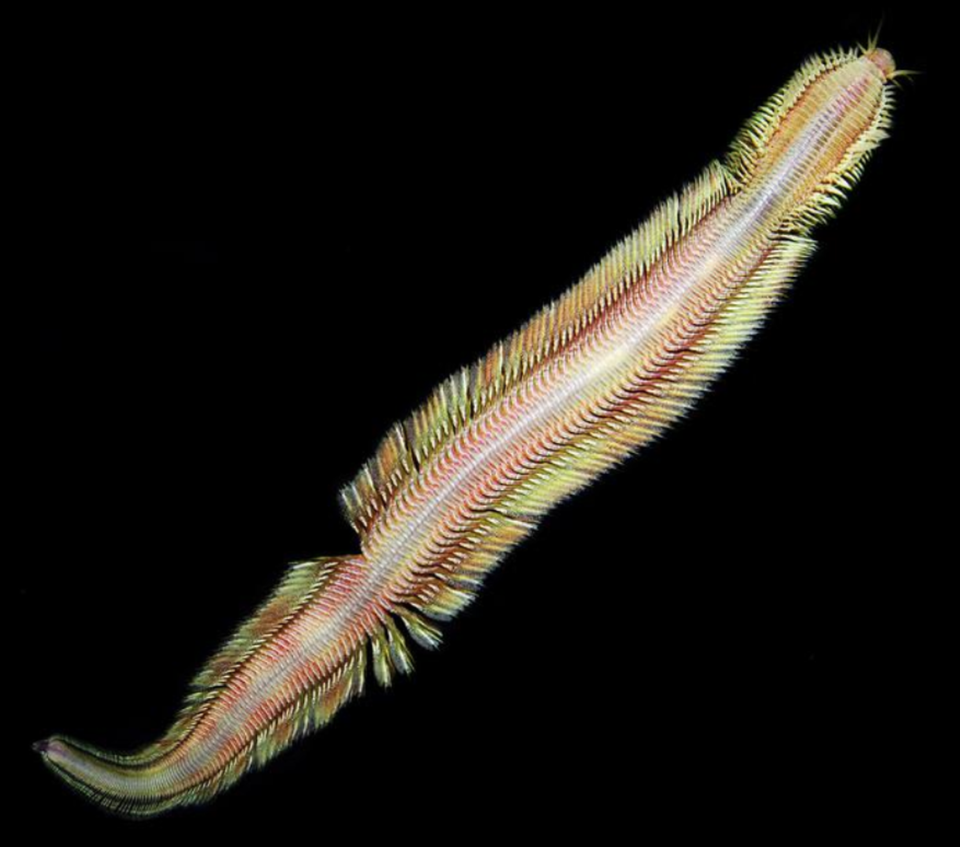Snake-like sea creature that moves like ‘magic carpet’ caught with ‘slurp gun.’ See it
In 2009, while crammed inside of a submersible traveling 3,200 feet below the surface off the coast of Costa Rica, researchers spotted something unusual drift into view.
A pair of snake-light creatures suddenly appeared, illuminated by the submersible lights.
But, before the researchers could move in closer for a better look, the serpentine deep sea-dwellers swam away.
“We spooked them,” Bruce Strickrott, the pilot, said.
But, nearly a decade later, in 2018, the researchers returned in the submersible — which is owned by the U.S. Navy —intent on capturing the peculiar creatures.
Their voyage led them to identify the creatures as members of a brand new species of deep-sea worm, according to a study published on March 6 in the journal PLOS One and an accompanying press release from the University of California San Diego.

For whatever reason, the worms were far less skittish on the most recent voyage, and researchers were able to view them up close in all their glory.
“The way this thing moved was so graceful, I thought it looked like a living magic carpet,” Strickrott said in the release.
Using a vacuum device referred to as a “slurp gun,” researchers collected several specimens, which were later analyzed in a lab.
Measuring around 4 inches long, the specimens, which are reddish in color, appeared like a combination of an earthworm and a centipede.
They were distinguished by feathery appendages known as parapodia and “pincer-shaped jaws,” which can be forced outward for feeding, researchers said.
Additionally, because they dwell in the pitch black waters near the sea floor, the worms are blind — though they have likely developed keen senses of touch and smell.
Named Pectinereis strickrotti, the worms are members of the Nereididae family, a group of ragworms.
Much about them still remains unknown, including their reproductive habits and diet, though they may feed on bacteria.
“We’ve spent years trying to name and describe the biodiversity of the deep sea,” Greg Rouse, one of the study authors, said in the release.
“At this point we have found more new species than we have time to name and describe,” he added. “It just shows how much undiscovered biodiversity is out there. We need to keep exploring the deep sea and to protect it.”
‘Smooth’ ‘mud’ creature pregnant with 12 babies is caught in net. It’s a new species
Pair of bald eagles found ‘incubating eggs’ in Toronto’s ‘first-ever’ nest. See it
Dog survives close encounter with lurking crocodile on beach, Australia video shows

